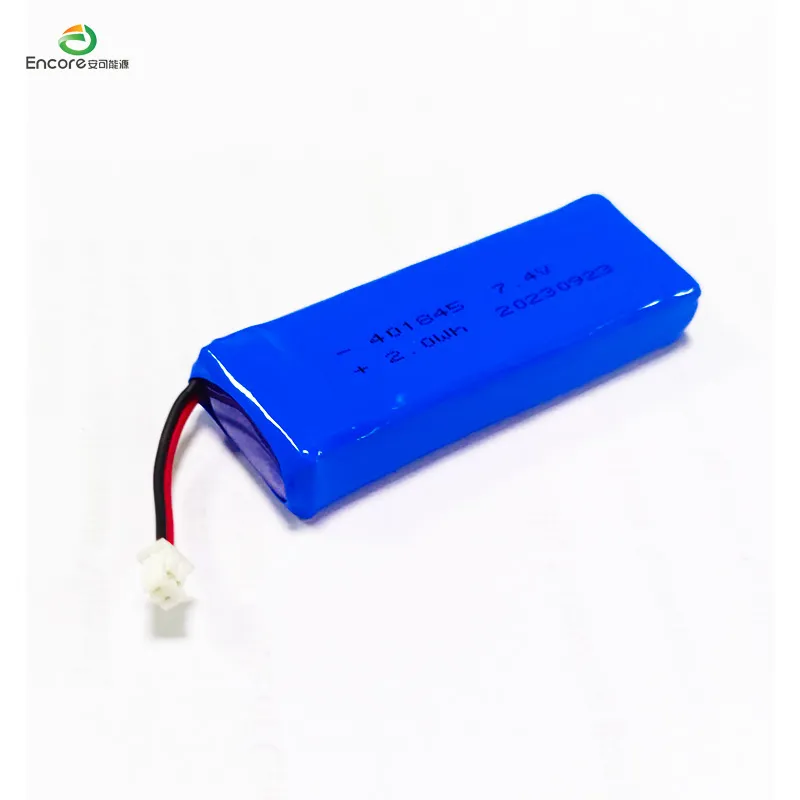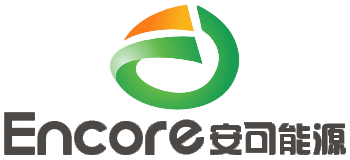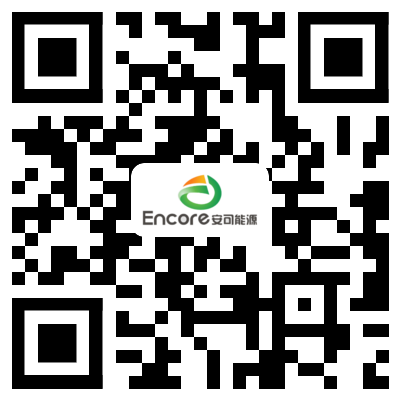- English
- Español
- Português
- русский
- Français
- 日本語
- Deutsch
- tiếng Việt
- Italiano
- Nederlands
- ภาษาไทย
- Polski
- 한국어
- Svenska
- magyar
- Malay
- বাংলা ভাষার
- Dansk
- Suomi
- हिन्दी
- Pilipino
- Türkçe
- Gaeilge
- العربية
- Indonesia
- Norsk
- تمل
- český
- ελληνικά
- український
- Javanese
- فارسی
- தமிழ்
- తెలుగు
- नेपाली
- Burmese
- български
- ລາວ
- Latine
- Қазақша
- Euskal
- Azərbaycan
- Slovenský jazyk
- Македонски
- Lietuvos
- Eesti Keel
- Română
- Slovenski
- मराठी
- Srpski језик
Detailed explanation of polymer lithium battery knowledge
2024-08-24
Polymer lithium battery is a kind of lithium battery family. It also has other nicknames such as soft-pack lithium battery, soft-pack high-rate battery, polymer lithium-ion battery, soft-pack ternary lithium battery, etc., which makes many friends feel a little confused. Below we mainly introduce what polymer lithium battery is in detail from the aspects of manufacturing raw materials, charge and discharge performance, and main application fields, so that everyone can have a more comprehensive understanding of polymer lithium battery.
1. Main raw materials
The main materials of polymer lithium battery include positive electrode material, diaphragm, negative electrode material, electrolyte, pole ear and soft-pack aluminum-plastic film shell. Their quality and manufacturing equipment technology largely determine the charge and discharge performance and service life of the manufactured battery.
Usually, lithium compounds LicoO2, LiNiO2 or LiMn204 are used as the positive electrode of polymer lithium battery, and lithium-carbon intercalation compound LixC6 is used as the negative electrode.
2. Polymer lithium battery manufacturing process
There are two main manufacturing processes for polymer lithium battery, one is winding process and the other is lamination process.
The winding process is suitable for manufacturing cylindrical and small square batteries. The battery manufactured by the winding process is suitable for some electronic devices with low current requirements due to its small discharge current, and the shape of the battery is relatively simple.
3. Charge and discharge performance of polymer lithium batteries
The charge and discharge performance of polymer lithium batteries is better than other types of batteries, especially the fast charge and discharge performance and high current discharge performance. For example, in terms of fast charging, its fast charging performance can reach a charging speed of 10C rate, which is relatively fast, and in terms of discharge performance, the maximum short-term discharge rate can reach 75C rate, and the stable discharge rate is below 45C rate, which can meet many application equipment that requires short-term high current discharge.
4. Main application areas of polymer lithium batteries
The main application of polymer lithium batteries depends on its actual power demand. For example, it can be applied to 3C electronic products with low current discharge, such as mobile phones, headphones and smart watches. If high current discharge is required, it can be applied to drones, manned aircraft, electric skateboards and other fields.




